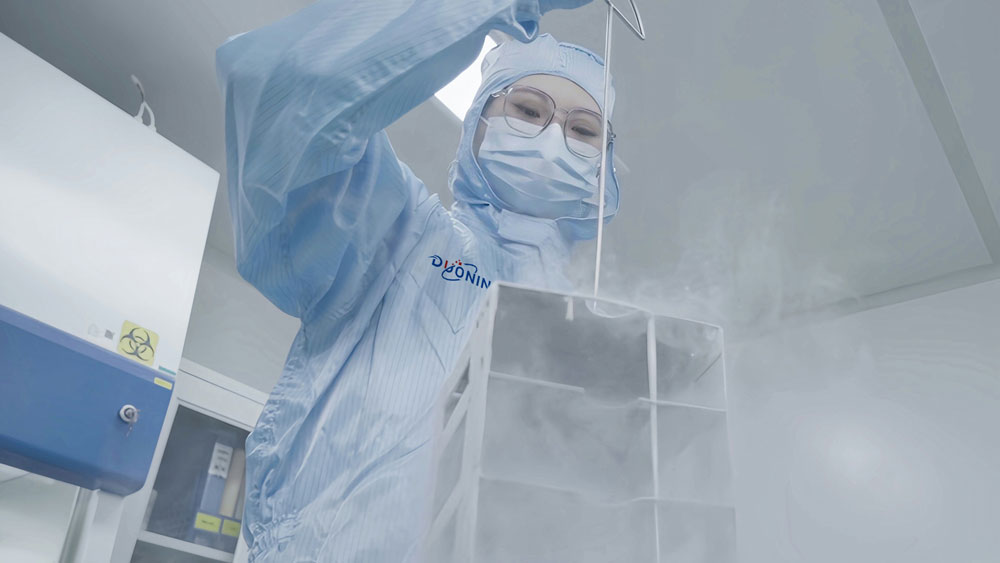In life sciences, every decision carries weight—and speed to market is an ever-present consideration. Scientific innovation is moving faster than ever, yet regulatory demands are growing more complex, and supply chain fragility has become the new normal. Within this volatile landscape, the role of quality has shifted fundamentally.
|
ADVERTISEMENT |
Quality is no longer just a means of avoiding risk. It’s a prerequisite for moving quickly, adapting confidently, and maintaining the trust of patients and regulators alike. In this new reality, delaying investment in quality isn’t cautious—it’s costly.
From compliance overhead to strategic enabler
Consider why products stall within your organization. Is it due to scientific hurdles, late-stage compliance headwinds, unclear documentation, or siloed quality systems? For most leaders, it’s the latter—and that’s encouraging, because these challenges aren’t technical; they’re organizational and preventable.
…

Add new comment